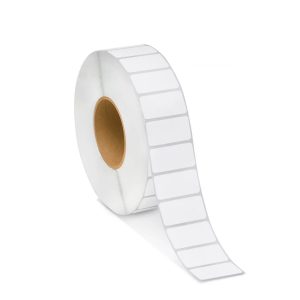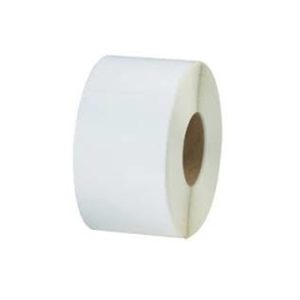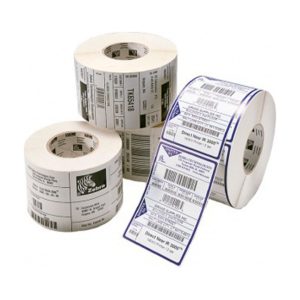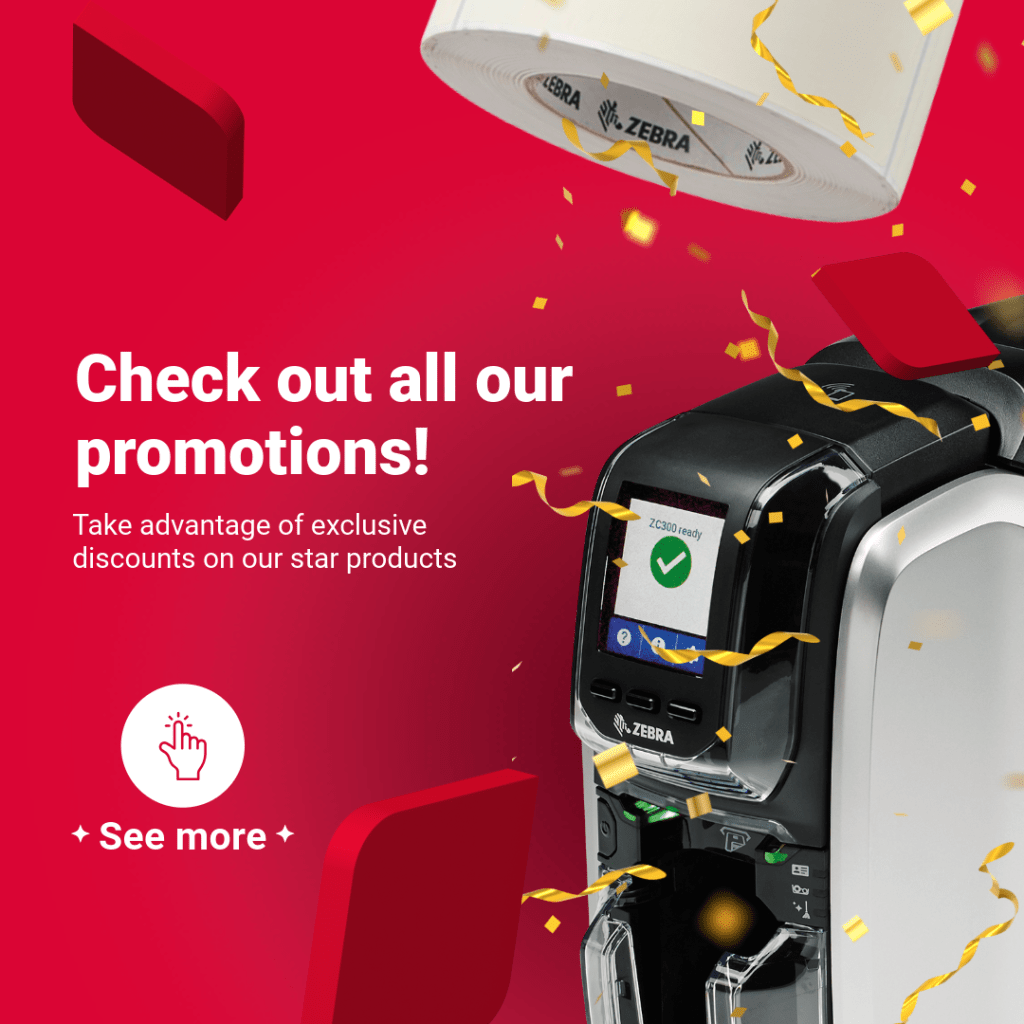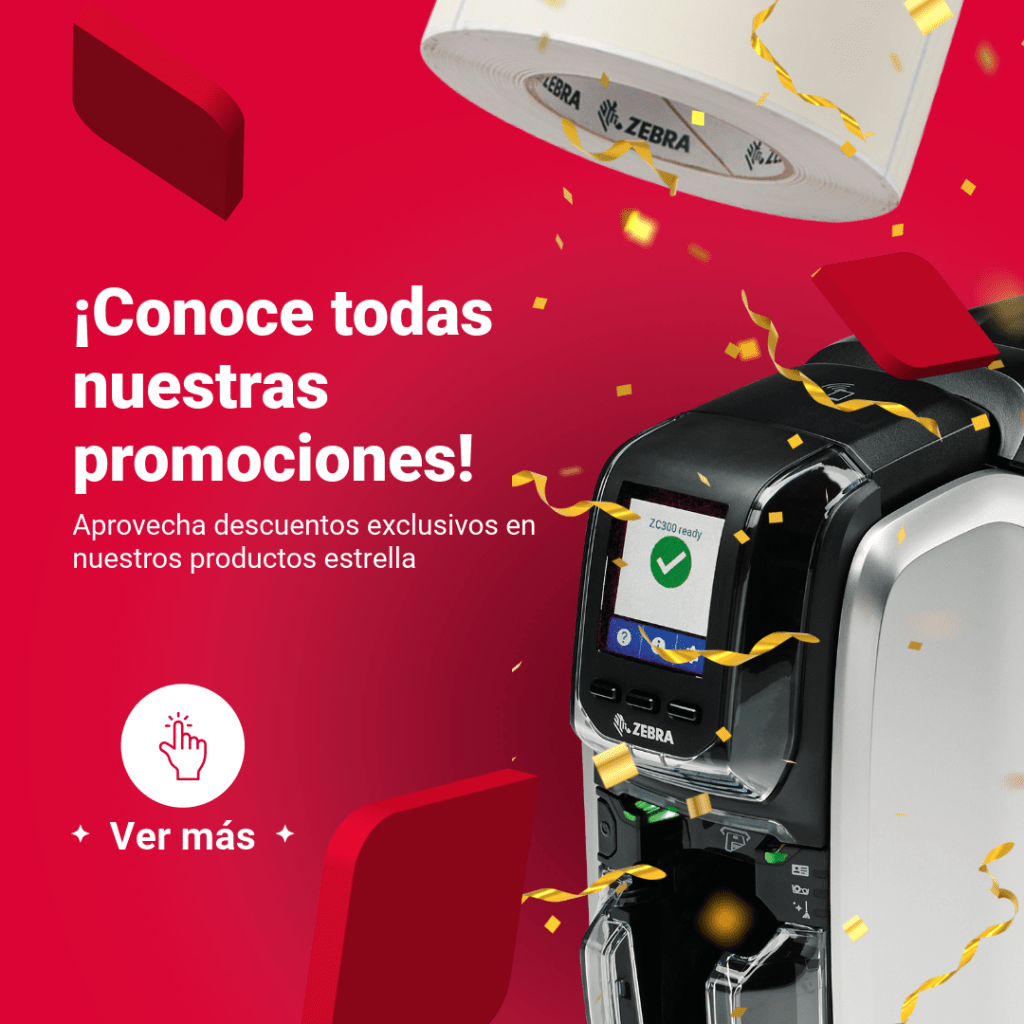Temperature labels are small, easy-to-use monitors that track and indicate temperature. They come in various forms, but all serve the same purpose: to ensure that products or environments stay within a specific temperature range. This is crucial in many industries to maintain product quality, safety, and effectiveness.
Here are some common applications of temperature labels:
- Refrigerated and Frozen Food: Labels can show if frozen items have thawed or if refrigerated items have been exposed to unsafe temperatures during transport or storage.
- Fresh Produce: Labels can monitor the freshness of fruits and vegetables by indicating if they’ve been exposed to excessive heat.
- Pharmaceuticals and Medical Supplies Certain medications and vaccines require strict temperature control. Labels can ensure they haven’t been compromised by exceeding storage or transportation temperature limits.
- Industrial Processes Labels can monitor the temperature of equipment during operation, helping to prevent overheating and ensuring proper functioning. For example, they might be used in computer servers or industrial ovens.
- Sterilization Processes: In medical settings or food processing, labels can verify if sterilization equipment has reached the necessary temperature to eliminate harmful bacteria.
By providing visual confirmation of temperature exposure, temperature labels play a vital role in various industries, safeguarding product quality, consumer health, and efficient industrial processes.
How do temperature labels work?
Temperature labels utilize clever chemistry to provide temperature readings. There are two main types, each with its own working principle:
- Irreversible Temperature Labels: These labels offer a permanent record of whether a specific temperature threshold has been crossed. They typically contain a temperature-sensitive wax or chemical compound. When the surrounding temperature reaches the label’s designated level, the wax melts or the chemical compound reacts, causing a visible change. This change, often a color shift, is permanent, indicating that the temperature limit has been reached at some point.
- Reversible Temperature Labels: These labels function more like mini-thermometers, displaying the current temperature within a specific range. They often rely on liquid crystals or other materials that change color or opacity based on the surrounding temperature. This allows for continuous monitoring of temperature fluctuations.
Types of temperature labels
Pencils and inks
These are not technically labels themselves, but rather special writing instruments designed to withstand high temperatures. They are often used in industrial settings or for marking heat-resistant materials.
- How They Work: Pencils and inks for high temperatures typically contain special formulations that don’t melt, vaporize, or fade at elevated temperatures. The graphite in pencils might be coated with a heat-resistant material, while inks often use pigments and binders that remain stable under extreme heat.
- Applications: These writing instruments are valuable for marking on surfaces exposed to high temperatures, such as boilers, furnaces, exhaust pipes, or sterilized equipment. For example, workers in a steel mill might use a high-temperature pencil to mark identification codes on hot metal ingots.
- While not offering the visual temperature indication of other labels, pencils and inks for high temperatures provide a permanent and reliable way to mark and identify objects in hot environments.
-
LCD Thermometers
These labels are thin and often rectangular, containing liquid crystals that change color based on temperature.
- How They Work: The label has a heat-sensitive liquid crystal strip. As the temperature rises or falls, the crystals within the strip alter their alignment, reflecting different wavelengths of light. This results in a visible color change on the label. Each strip is designed to indicate a specific temperature range, with a clear transition between colors marking the critical temperature.
- Applications: LCD temperature strips are ideal for monitoring temperature during storage and transportation. A common application is in food safety. For instance, a label might be placed on a package of frozen fish. The strip would be green if the fish remained frozen, turning red if the temperature exceeded the safe limit for thawing. This provides a quick and easy way to identify potential spoilage during transport or storage.
Time and temperature labels
These labels go beyond simply indicating temperature; they track both temperature and elapsed time.
- How They Work: TTI labels contain multiple temperature-sensitive segments. Each segment is designed to activate and change color at a specific temperature. Additionally, the label has a time-release mechanism that progressively reveals these segments over time. By observing which segments have changed color, you can determine if the product has been exposed to a specific temperature for a particular duration.
- Applications: TTI labels are crucial for monitoring products requiring strict temperature control throughout their storage and transportation. A prime example is their use in the pharmaceutical industry. Medications like vaccines must be kept within a narrow temperature range for their entire shelf life. A TTI label placed on a vaccine vial can show if the medication has been exposed to unsafe temperatures for too long, compromising its effectiveness. This helps ensure the safety and efficacy of temperature-sensitive pharmaceuticals.
Why should you use temperature labels?
Temperature labels offer several advantages over other temperature monitoring methods:
- Simplicity and Ease of Use: They require minimal training or technical expertise to implement. Just apply the label and interpret the visual cues.
- Cost-Effectiveness: Compared to complex temperature monitoring systems, labels are a relatively inexpensive solution.
- Permanent or Continuous Monitoring: Depending on the type, labels can provide a permanent record of temperature exposure or allow for ongoing monitoring.
- Versatility: A wide variety of labels exist, catering to different temperature ranges and applications.
- Improved Safety and Quality: By ensuring proper temperature control, labels help safeguard the quality and effectiveness of temperature-sensitive products, minimizing spoilage or loss of potency.
Lior Rubin
Socio Estratégico RSI Mexico



